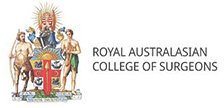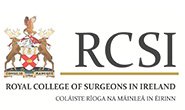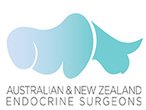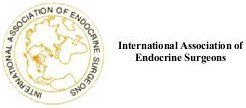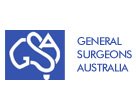Open mesh repair of Umbilical and Para-Umbilical Hernia
A hernia is a bulge that has formed when the internal organs of the body push through a weak spot in the abdominal wall.
Umbilical (paraumbilical) hernia is the bulge that forms near the navel or belly button, when a part of the intestine, fat or fluid is pushed out through a weakened muscle of the abdomen. Umbilical hernia can be found in both children and adults.
In children
It is commonly caused in infants and young children, especially in premature babies. The umbilical cord passes through a small muscular opening in the baby’s abdomen during pregnancy. Sometimes, the muscles of the umbilical opening fail to close completely after birth. This leads to a weak spot near the navel, which allows internal organs of the abdomen to push through it.
In adults
People with various health issues that can put pressure on the abdomen, such as being overweight, multiple pregnancies, having ascites (excessive fluid in the belly), are prone to developing an umbilical hernia. Other situations such as lifting heavy objects, strain on the abdominal muscles during constipation or coughing, and having a large prostate gland may cause umbilical hernia.
Signs & Symptoms
The main symptom of an umbilical hernia is the presence of a swelling or bulge near the navel which ranges from about 1 to 5 cm in diameter.
The bulge may be noticeable in babies when they cough, cry or strain the abdomen, and may wane off or reduce while lying down or staying calm. This hernia is generally not painful in children. However, umbilical hernias in adults may cause pain, discomfort and increase in size over time.
Umbilical hernias have a risk of getting trapped and strangulated, thereby cutting off the blood supply to the trapped part. This may cause death of the trapped tissue (necrosis) and result in severe complications. If you or your baby experience the following symptoms, you should immediately consult your doctor:
- Tender, painful, swollen or discoloured bulge
- Vomiting
- Fever
- Severe abdominal pain
Screening & Diagnosis
To diagnose umbilical hernia, your doctor will enquire about your symptoms and your medical history.
Physical examination is generally conducted for determining the size and prominence of the umbilical hernia. Your bulge will be examined when you are standing and lying down. Your doctor may try to reduce the bulge by pushing it inside your abdomen, and will ask you to cough to see if there is any change in size of the bulge.
Your doctor may also order blood tests and imaging tests to confirm the diagnosis:
- Imaging tests such as X-rays, magnetic resonance imaging (MRI) or computer tomography (CT) scan may be ordered to determine that part of the internal organ that is protruding into the bulge.
- Blood tests may be ordered to confirm a strangulated hernia by checking the white blood cell and red blood cell count. Infection, inflammation, tissue death or bleeding can be detected with blood tests.
Treatment Options
In adults, a painful and enlarged bulge is usually treated with surgery. Surgery can prevent further complications of the hernia which can occur due to strangulation.
However, in children, the hernia generally resolves by 18 months. Your doctor may wait for a while before suggesting surgery. Indications for recommending surgical repair in children include:
- Painful, trapped or strangulated hernia
- Hernia fails to close by 5 or 6 years
- Large hole near the navel (greater than 1 inch in diameter)
Your surgeon may perform either an open surgery or a keyhole surgery (laparoscopy) for repairing the umbilical hernia. Laparoscopy may be recommended if the hernia has reappeared after a prior surgery. Surgery can be performed under general or local anaesthesia. However, local anaesthesia is given to adults with small hernias and in whom general anaesthesia may not be safe.
Open surgery: Your surgeon will make a single incision of 2 to 3 cm below the navel and push the protruded part into your abdomen. The weakened spot of the abdominal wall will then be stitched with sutures. In cases of large hernias, your surgeon may place a mesh patch for strengthening the weak abdominal wall. The skin will be sutured with dissolvable stitches and a dressing will be applied to the wounded area.

